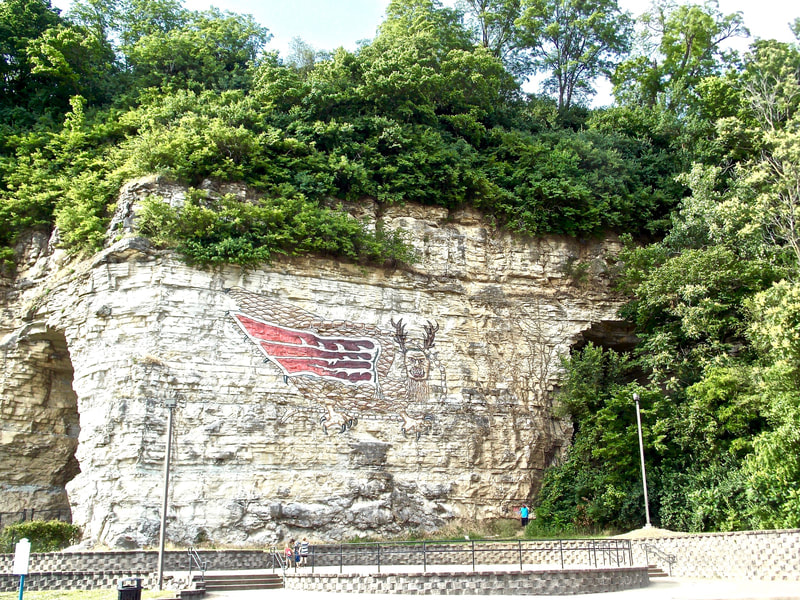beginning at 7:00 pm on Wednesday evenings.
at the church of Christ in Carthage, Missouri, south of the Ford dealership
PLEASE JOIN US!
| | |
Is the Bible accurate and dependable?
|
|
Should faith alone be enough to drive you to drive you to your knees? Is "blind" faith a stronger kind of faith? If so, then why did God provide so much evidence?

We're on our way to finding those Dead Sea Scrolls in the next chapter. For now, the author presents a small collection of preserved fragments located in a variety of places, preserved by nature, and studied by science. The first are the many papyri located beneath the eruption of Mount Vesuvius. These fragments, though not Scripture, set the stage for the preservation of fragile papyri that would be found later, and the processes developed and perfected for the preservation and reading of those documents could later be used more safely to read the important documents that make up portions of our Bible.
The second location discussed in our text is Fayum. There, papyri used in the wrapping of some Egyptian mummies was also preserved in the darkness. These highly realistic images have been adjusted through the use of artificial intelligence to provide us with even more realistic pictures of what real people actually looked like in that time period.
A third preservation includes actual Scripture fragments. Located in the trash heaps of ancient Oxyrhynchus, these fragments were preserved in the sand and, along with other, extrabiblical, treasures give us more and more accurate knowledge of the ancient world.
Herculaneum | Fayum
| Oxyrhynchus |
We contend that the Bible and everything it contains is supported by:
|
|
|














































